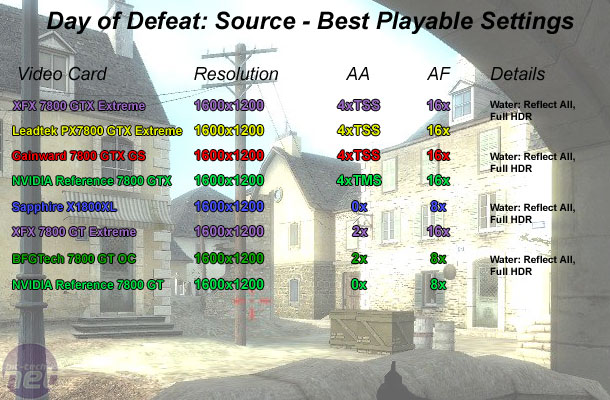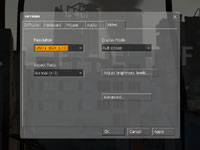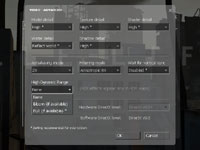7800 GTX Extreme Edition Head-to-Head
October 20, 2005 | 11:04

Day of Defeat: Source
Publisher: ValveWe used the popular remake of the World War II online multiplayer, Day of Defeat: Source, which uses Valve's implementation of high-dynamic range rendering. We did three five minute portions of real world game play on the dod_anizo map. We connected to three different public servers each with a ping of less than 30ms and 16-20 players in the game when we were recording the frame rates.
Anti-Aliasing and Anisotropic Filtering were controlled from inside the game, and thus the drivers were left set to "Application Controlled". There are three options for the method of HDR used in this title. You can either disable HDR completely, make use of "Bloom" which is just what it says and less resource hungry in comparison to "Full" which, again is just what it says. It utilises a full dynamic range with the iris effect too.
We have written quite a bit about Half-Life 2: Lost Coast, Day of Defeat: Source and how Valve have implemented HDR in to the Source Engine. You can check out the articles listed below for more information on The Lost Coast & Day of Defeat: Source.
- Half-Life 2: Lost Coast HDR overview
- Half-Life 2: Lost Coast hands on
- Half-Life 2: Lost Coast Benchmarks & Video
- Day of Defeat: Source
Below is a table of the best-playable settings that we found best for each video card configuration. We found that 25 to 30 frames per second is the required minimum, and a target of 55 frames per second (or higher) is the average frame rate in our manual run throughs on these high end video cards.

Leadtek's PX7800 GTX TDH Extreme was slightly slower than both the XFX 7800 GTX Extreme Gamer and Gainward's Ultra/3500, due to the minimum frame rate dropping below 30 frames per second on a couple of occasions. It seems that memory bandwidth helps more than the higher core clock in this title when transparency supersampled Anti-Aliasing is applied.
Due to the higher core clock on XFX's Extreme Gamer Edition, we found that it was the smoothest gaming experience of the lot. We were able to play through intense firefights on the Anizo map with the frame rate staying well above 30 frames per second. In fact, it never dropped below 33 frames per second in our 15-minute game play evaluation on this video card.

MSI MPG Velox 100R Chassis Review
October 14 2021 | 15:04







Want to comment? Please log in.